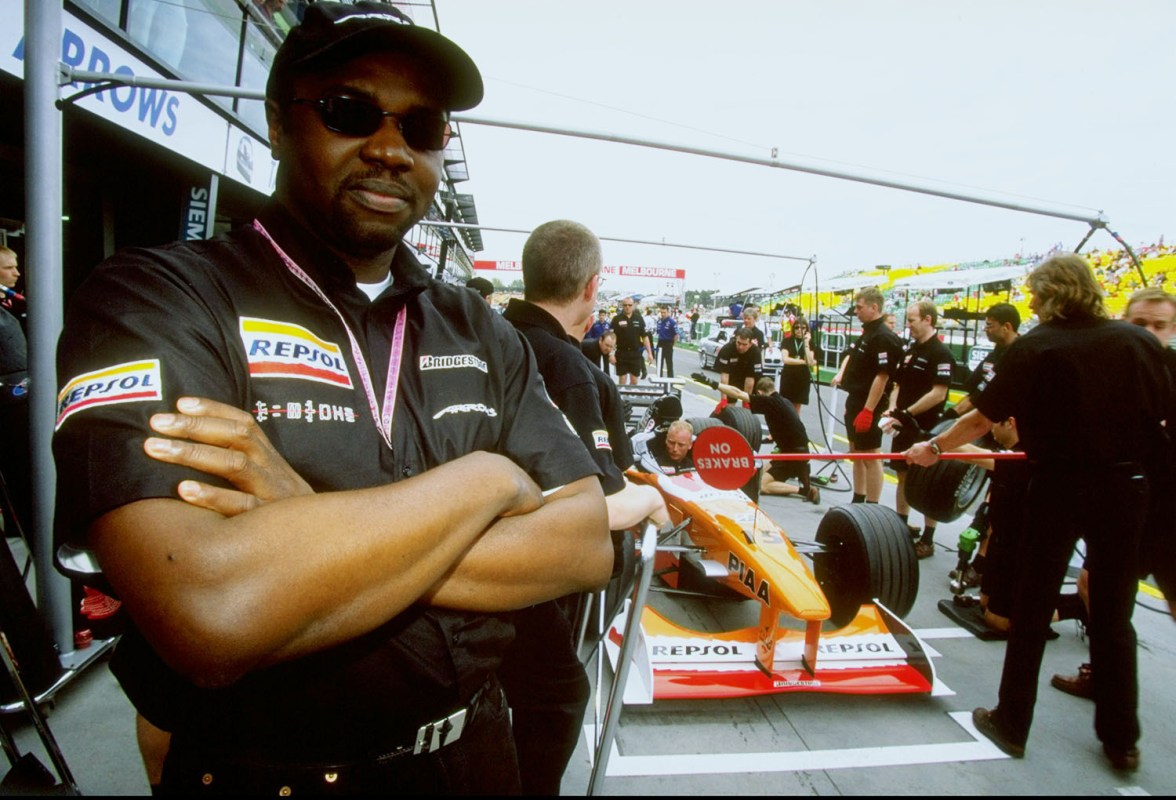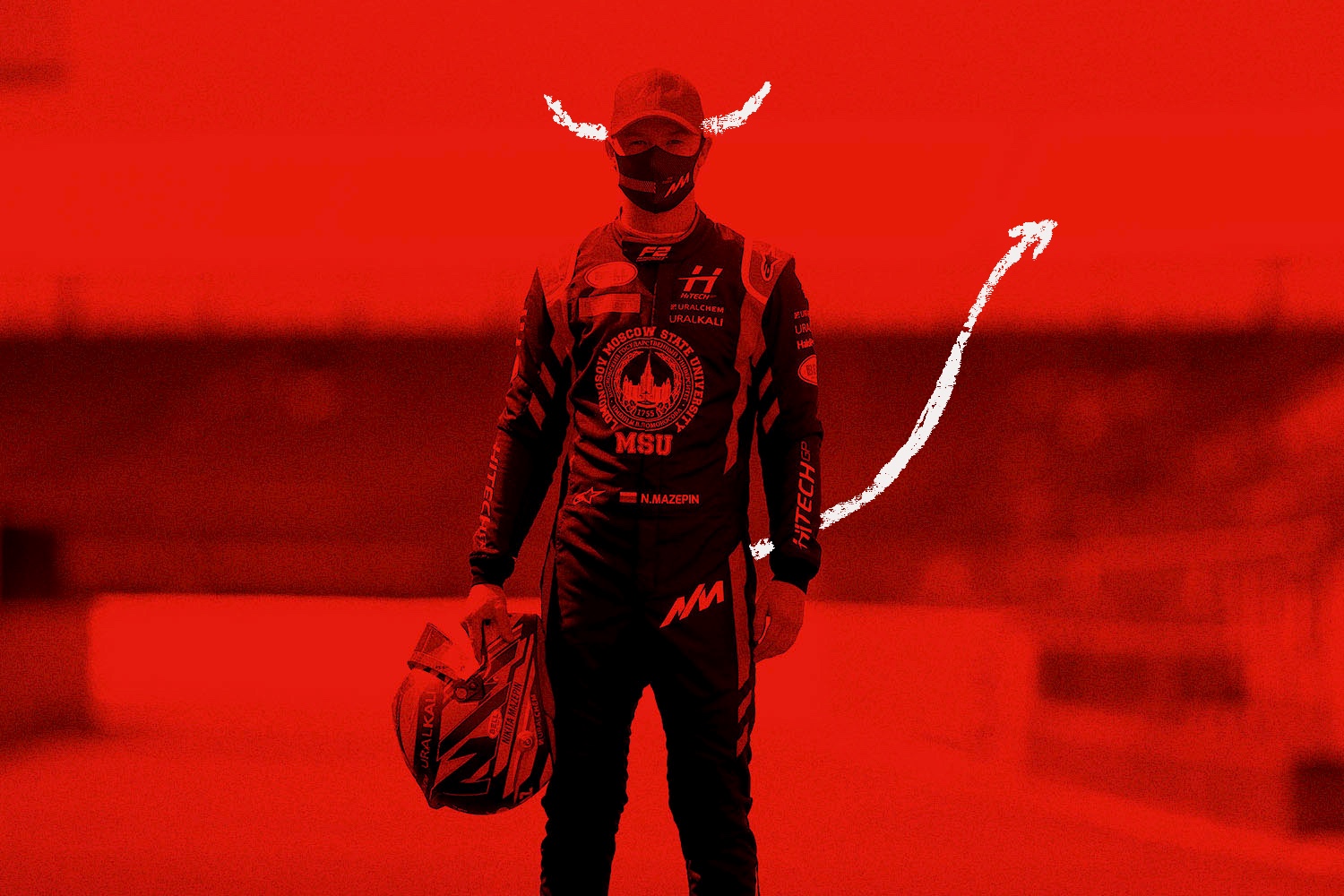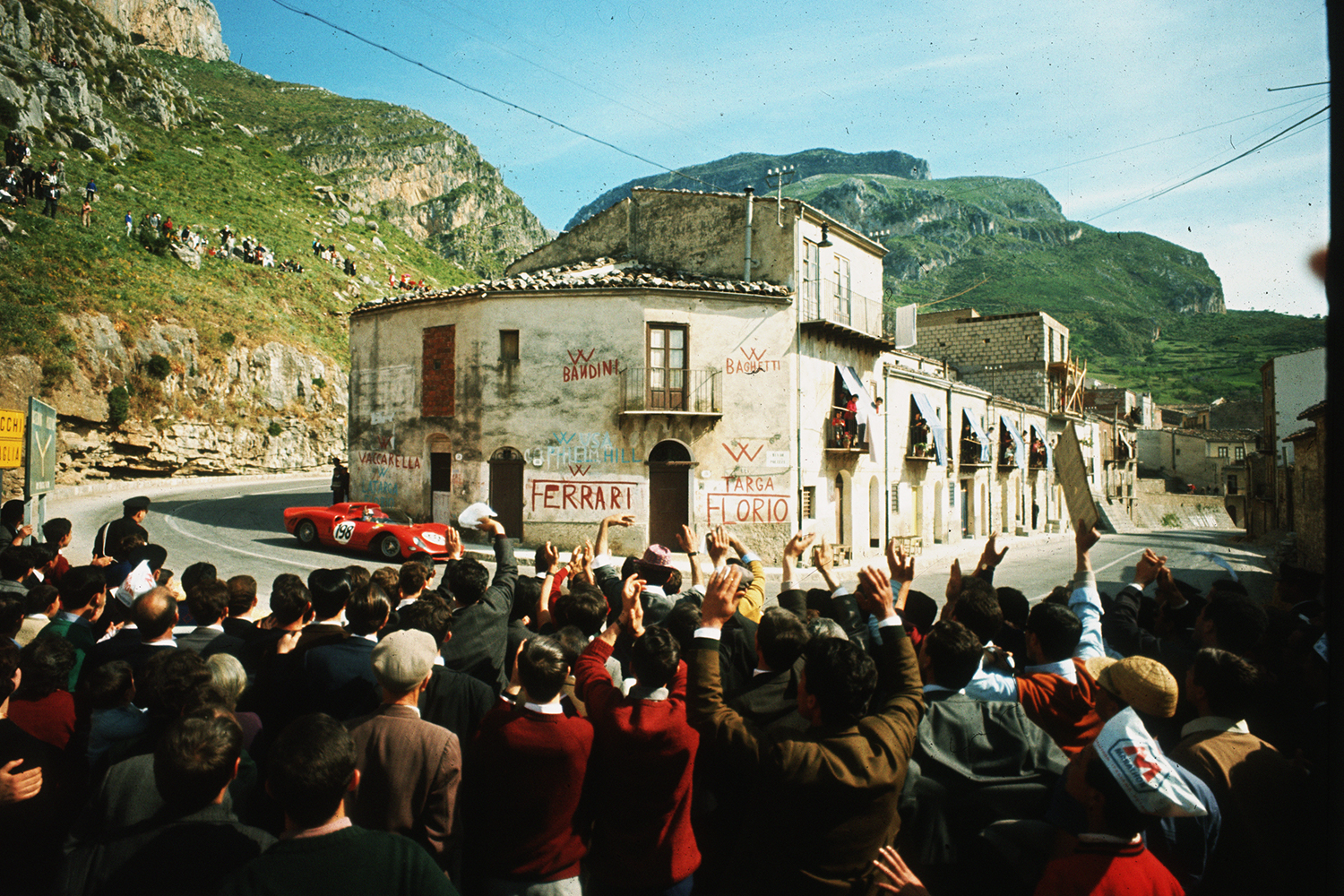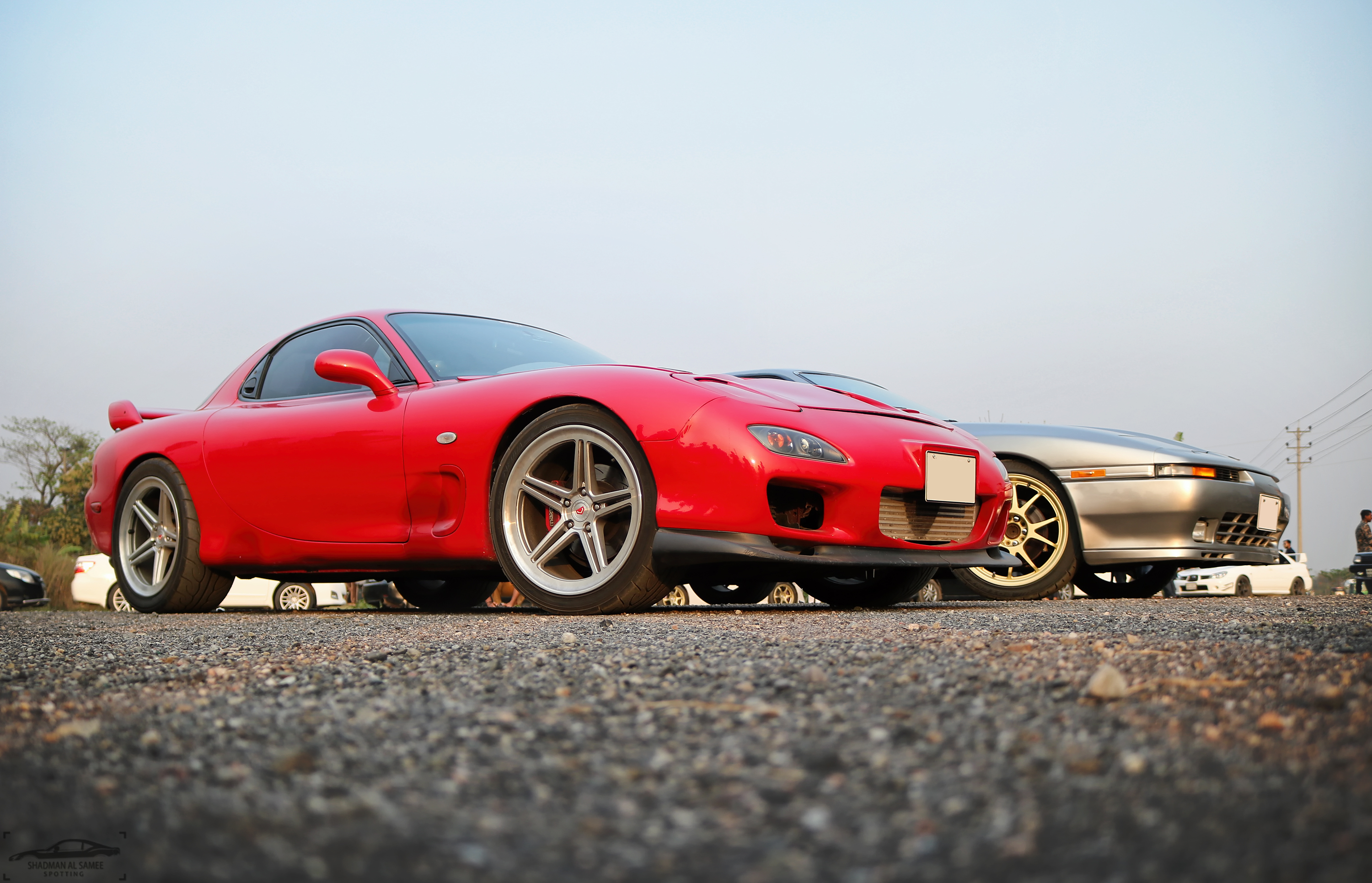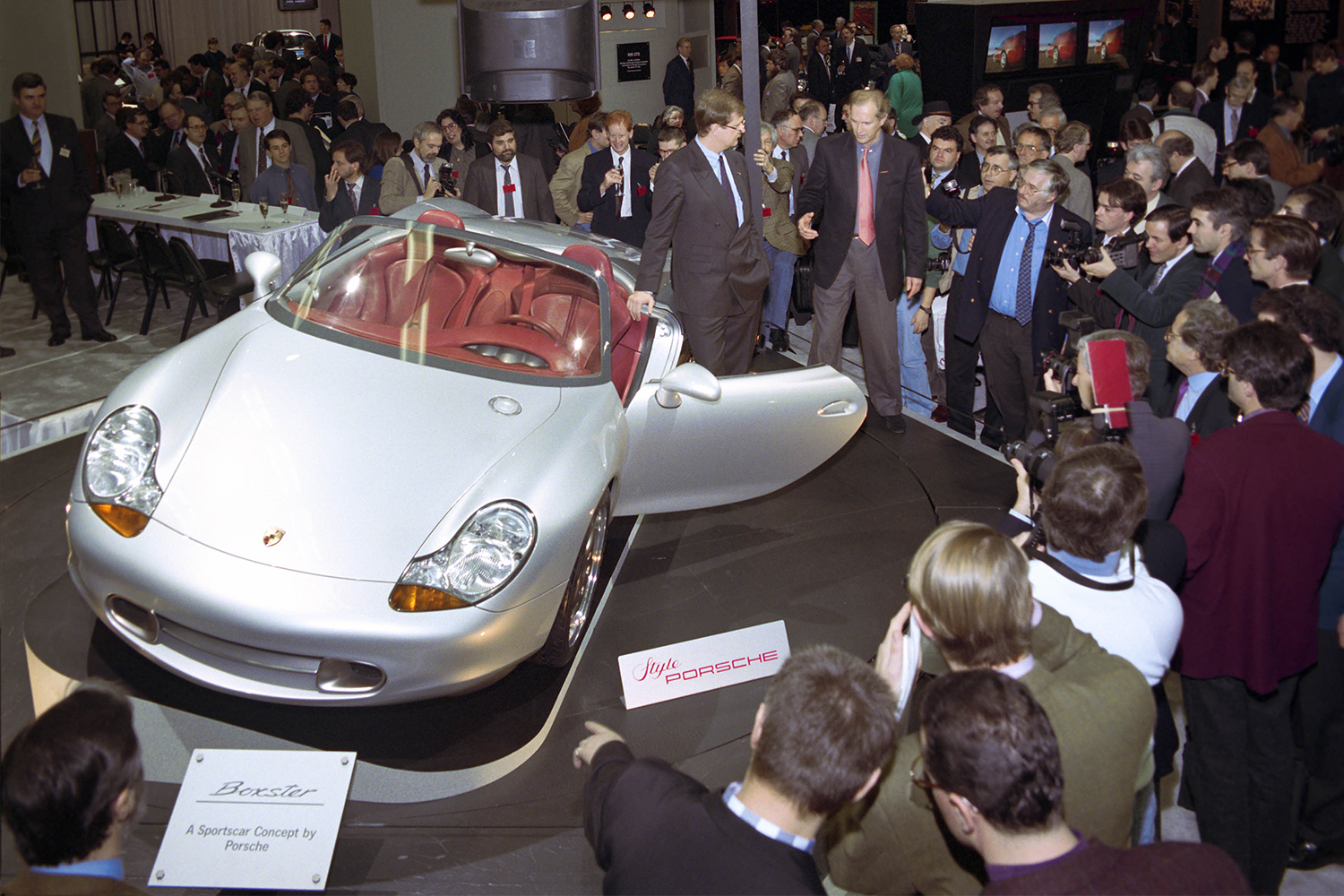It reads like a sliver of early internet mythology: an alleged Nigerian prince reaches out from the ether with an offer of millions of dollars in cash, only to disappear in the wind once it comes time to collect on the promised bounty.
For Formula 1 team Arrows, however, saying yes to financial largesse from a member of that African nation’s real-life royal family led to fallout worse than the simple identity theft that so often serves as the coda to the classic email-phishing scam.
The trouble started with Prince Malik Ado Ibrahim, whose transition from motorsports savior to team-killing villain was brisk, with the entire drama unfolding in less than 12 months. By the time it had run its course, one of F1’s stalwart teams was left on the shakiest of foundations, never to fully recover.
Pay to Play
Perhaps even more than speed, auto racing at the highest levels revolves around money. The amount of cash a driver brings to his or her team is at least as important as how quick a lap time they can turn in, and there’s no strata of the sport that requires more dinero than Formula 1.
Arrows, a British F1 team founded in the ‘70s, had never been a front runner, but even backmarker status costs tens of millions of dollars to achieve; and in nearly two decades of wandering the wilderness searching for its first win, ownership of the team had become somewhat of a hot potato. In the mid-’90s, Scottish racing impresario Tom Walkinshaw purchased the team from Japan’s Footwork (a logistics company), renamed it TWR Arrows and set about aiming it straight at the podium.
Initially, this took the form of putting Damon Hill in the driver’s seat and relying on a mix of pay-to-play drivers (such as Pedro Diniz, scion of a Brazilian multi-millionaire and beneficiary of a long-term Parmalat marketing contract), various sponsors and TWR’s own corporate reserves to invest in a competitive team surrounding the former world champion. Despite this, stability eluded Walkinshaw, and by the end of the decade TWR Arrows was having a tough time fielding a decent car in the increasingly expensive series.
No Questions Asked
It was here that the events leading to Arrows’ doom were set in motion. Thirsty for the kind of funding required for a proper engine program and more modern chassis development, TWR began to entertain the sweet entreaties of Prince Malik. He had been lurking at the periphery of the F1 scene for several years, having most recently been involved in Japanese manufacturer Dome’s ultimately abandoned attempt to produce a Formula 1 prototype.
With Arrows, Malik Ado Ibrahim presented himself as willing to play a much larger role. Specifically, he promised $125 million — money he claimed to generate by way of various telecommunications, branding and royal sources — if he was given as much as a one-third stake in the entire operation.
With such sums it seemed that more than a little diligence was due before signing on the bottom line. And yet, it seems that TWR, despite having decades of experience in the sponsorship game, simply accepted the prince’s alleged net worth at face value. Even the context of his purported nobility was never fully explained to either Walkinshaw or the media, given how serpentine the paths of Nigeria’s royal lineage can often be, with competing ties to various royal families showing up in interviews and official team bios.
All that was truly known about Malik was that he had been educated in both Britain and the United States, that he claimed to have raced a Lamborghini at the Le Mans 24 under an assumed name, and that he had convinced Morgan Grenfell, a private banking concern, to partner with him in the Arrows proposal.
T-Minus Countdown to Disaster
During the 1999 season, Arrows fielded the A20, a car that bore a black-and-orange livery hawking its two major sponsors: Repsol, Spain’s oil giant which backed team driver Pedro de la Rosa, and the mysterious T-Minus, whose logo was splashed across the sidepods alongside a strange countdown graphic that remained a mystery until May’s San Marino Grand Prix.
It was here that the cracks in Prince Malik’s business acumen began to appear. Despite using the event at Imola to take the wraps off his T-Minus venture, the Nigerian seemed unable to adequately explain how, exactly, T-Minus generated any money. He positioned it both as an energy drink manufacturer (whose label did indeed grace a few cans of caffeinated beverage that season) and simply as a brand that could be slapped onto a long list of third-party products — cars, clothes, motorcycles — for a fee that would be charged to big luxury names like Lamborghini and Ducati.
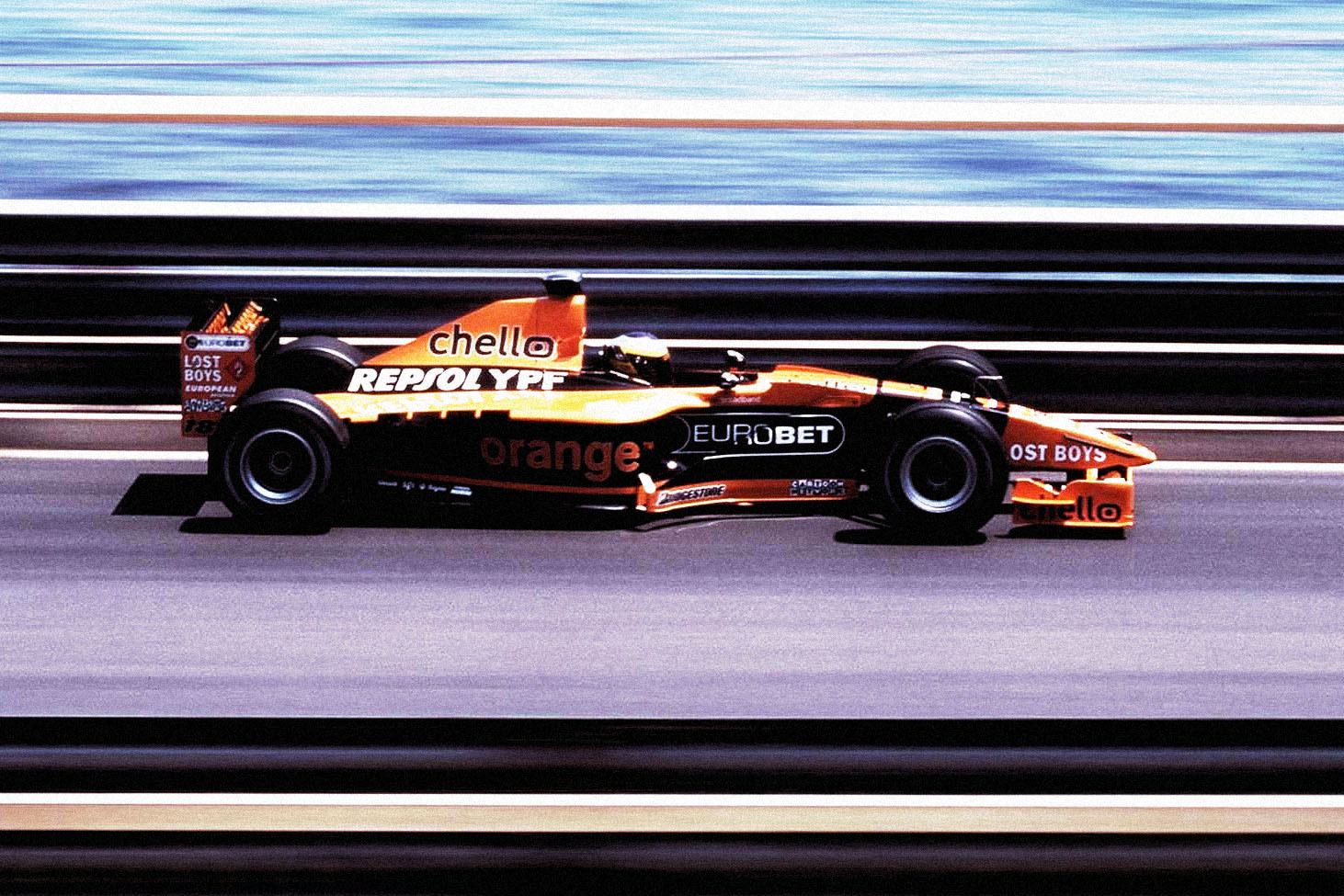
This was news to both the Italian manufacturers named by Malik, who had seemingly managed to hoodwink both Arrows and Morgan Grenfell into thinking he had his hundred million already sitting in the bank, rather than it being dependent on phantom business partnerships he had yet to negotiate. As the season progressed it also became increasingly clear that the prince was more interested in using the sport to boost his own profile (hiring a PR firm specifically for that reason) rather than actually filling TWR’s coffers. In fact, at the end of the season, journalist Joe Saward reported that T-Minus had “raised absolutely no money” for Arrows.
Of course, Tom Walkinshaw became aware of Ibrahim’s farce much sooner than anyone outside the team. By the time the Hungarian GP rolled around action was taken and the T-Minus logo had been wiped off the cars, leaving TWR to struggle through the second half of the schedule pinching pennies to meet payroll and overhead costs. Publicly, Walkinshaw said that Malik “came in thinking he could do a lot of things on the marketing and investment side which, at the end of the day, were not delivered.” Privately, by the fall, the prince had disappeared completely from the F1 paddock, leaving Arrows in complete financial disarray.
Fatal Fallout
The disastrous tailspin left in Malik’s wake meant disaster for Arrows, TWR and eventually Walkinshaw himself. Unable to prop up the F1 team without taking out a series of onerous loans from Morgan Grenfell, positive on-track results over the next couple of years were negated by the series of lawsuits, unpaid bills and missed Grand Prix dates. By the end of 2002, Arrows found itself insolvent and barred from F1 competition.
The consequences for Walkinshaw went beyond the dissolution of his Formula 1 team, as he was forced to liquidate the entire TWR Group, selling its major Australian street performance operations to automaker Holden while the rest fell into receivership. It was during this rough period that Walkinshaw’s health began to decline, and while he returned to racing in the Australian Supercars series for a handful of years, he didn’t survive past the end of the decade, succumbing to cancer at the age of 64 in 2010.
As for F1’s erstwhile prince, Malik found himself embroiled in a series of further scams and financial misadventures, including perjury charges stemming from a NASCAR embezzlement case involving driver Robert Richardson Jr. in the mid-2000s, followed by a further theft charge in Texas during the ensuing probation period. To this day, he continues to maintain a public image as the face of several “energy” companies headquartered in his native Nigeria, where he presents himself as a billionaire.
With the very public fallout from the Arrows and T-Minus disaster, culminating in the banishment and financial ruin of one of F1’s most brilliant and persistent owners, one would think that modern team principals would steer well clear of any similarly sketchy sponsorship opportunities. That being said, just last year Formula 1 somehow found itself embroiled in yet another vaporware scandal centered around a non-existent energy drink company that somehow scammed its way inside the inner circle of the sport, proving that motorsport is not immune to the revolving door of history.
While there’s no doubt that a little pomp and circumstance can go a long way in the world of business, you certainly don’t have to be Nigerian royalty to take F1 for a ride.
Whether you’re looking to get into shape, or just get out of a funk, The Charge has got you covered. Sign up for our new wellness newsletter today.
